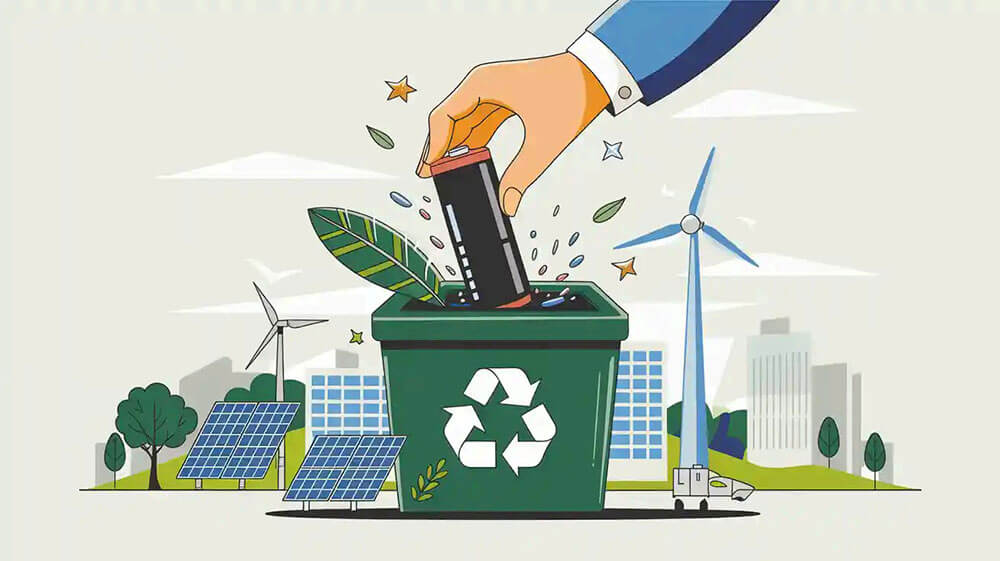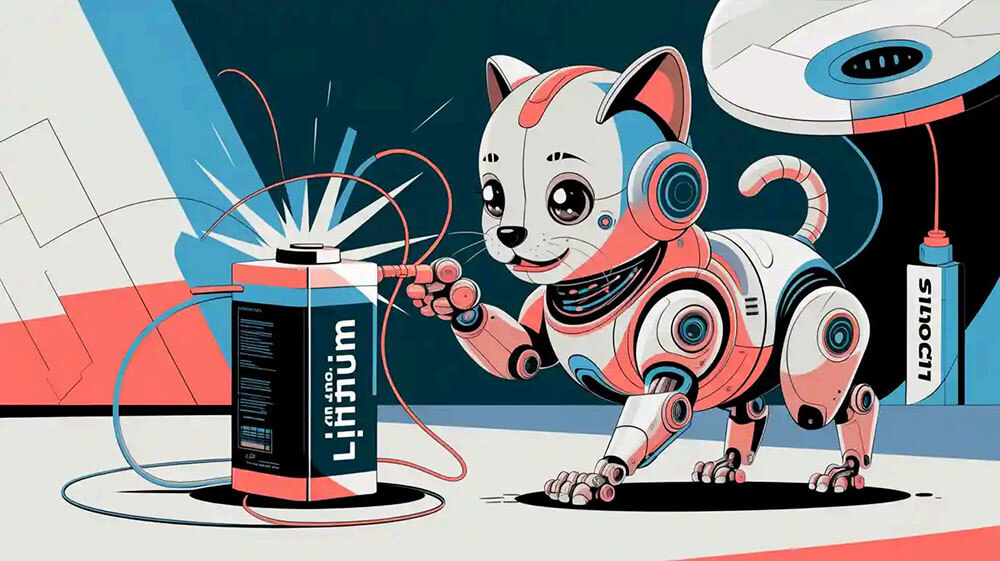Contents
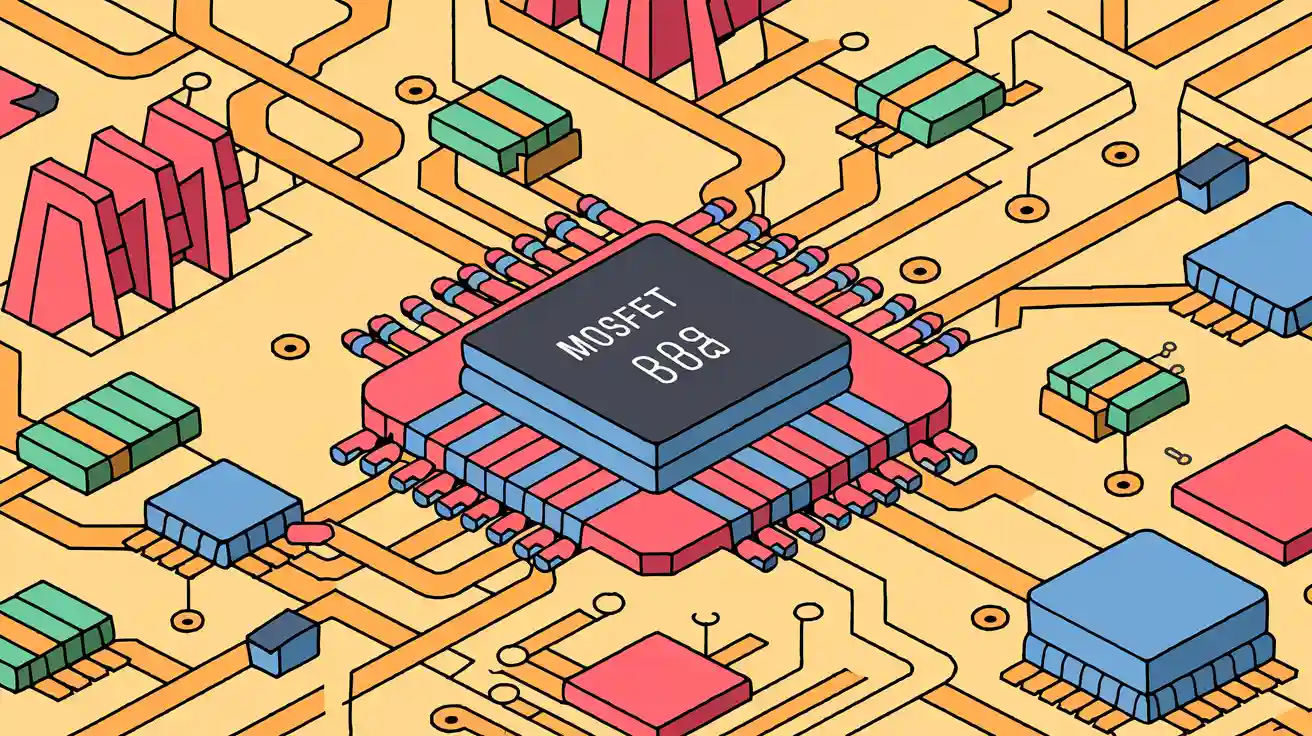
A MOSFET, or Metal-Oxide-Semiconductor Field-Effect Transistor, is a cornerstone of modern electronics. Its ability to control electrical current with precision makes it indispensable in various applications. In lithium battery systems, MOSFETs ensure low power consumption and high-speed switching, enhancing performance and safety.
- The electric vehicle industry, driven by environmental regulations, heavily relies on MOSFETs for efficient energy management.
- Advanced materials like SiC and GaN have revolutionized MOSFET technology, improving power efficiency in lithium battery systems.
These innovations highlight the MOSFET’s critical role in powering the future of sustainable energy solutions.
Key Takeaways
- MOSFETs help control energy in lithium batteries, making them safer.
- Picking a good MOSFET means checking voltage, current, and heat control.
- New materials like SiC and GaN make MOSFETs work better for electric cars and green energy.
Part 1: MOSFET Structure and Operation
1.1 What is a MOSFET?
A MOSFET, short for Metal Oxide Semiconductor Field Effect Transistor, is a voltage-controlled device widely used in modern electronics. It plays a pivotal role in managing electrical current with precision, making it indispensable in applications like lithium battery systems. MOSFETs consist of three terminals: gate, drain, and source. The gate is insulated from the channel by a thin silicon dioxide layer, enabling control of current flow without direct electrical contact. This unique design ensures high input resistance and low power consumption, critical for battery management systems.
1.2 Understanding MOSFET Structure
The MOSFET structure is defined by its insulated gate, which separates the semiconductor channel from the control terminal. This design allows the device to function as a voltage-controlled switch. When a voltage is applied to the gate, it alters the conductivity of the channels between the drain and source. MOSFETs are available in two types: enhancement mode and depletion mode. Enhancement mode devices remain off at zero gate voltage, while depletion mode devices conduct at zero gate voltage. Their fast switching speed and high efficiency make them ideal for lithium battery applications, where precise energy control is essential.
1.3 How Enhancement Mode MOSFETs and Depletion Mode MOSFETs Work
Enhancement mode MOSFETs require a positive voltage applied to the gate to activate the channel and allow current flow. This mode is commonly used in battery systems due to its ability to minimize power loss during operation. Depletion mode MOSFETs, on the other hand, conduct at zero gate voltage and require a negative gate voltage to turn off the channel. Both modes offer distinct advantages depending on the application, but enhancement mode MOSFETs are preferred for their efficiency in managing energy flow in lithium battery packs.
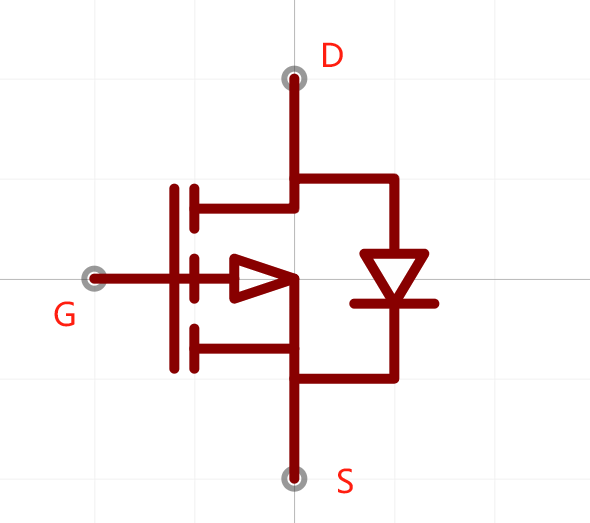
Enhancement Mode MOSFETs Symbol
Part 2: Applications of MOSFETs in Lithium Batteries
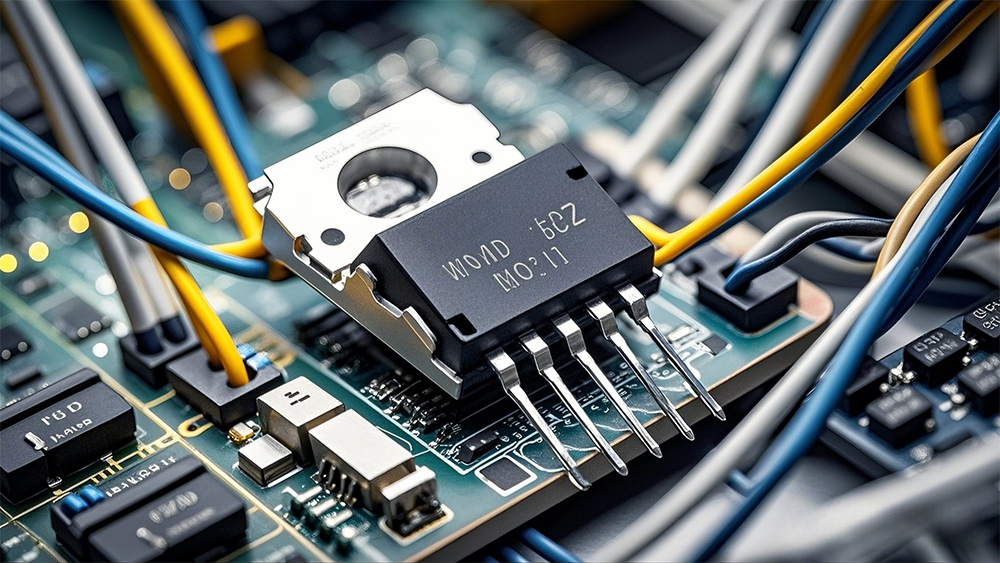
2.1 MOSFETs in Battery Management Systems
MOSFETs play a pivotal role in battery management systems (BMS) or protection circuit module (PCM), ensuring optimal performance and safety. These systems rely on the transistor’s ability to act as a precise switch, controlling the flow of current within the battery pack. By integrating MOSFETs, you can achieve efficient charge and discharge cycles, which are critical for maintaining the health of lithium batteries. Additionally, MOSFETs enable real-time monitoring of voltage and current, allowing the BMS or PCM to prevent overcharging or deep discharging. This functionality extends the lifespan of the battery while enhancing its reliability in demanding applications.
2.2 Enhancing Safety and Efficiency in Lithium Batteries
Safety and efficiency are paramount in lithium battery systems, and MOSFETs contribute significantly to both. Acting as a high-speed switch, the transistor minimizes energy loss during operation. This efficiency reduces heat generation, which is crucial for preventing thermal runaway in high-capacity battery packs. Furthermore, MOSFETs provide short-circuit protection by instantly cutting off the current when a fault is detected. Their ability to handle high voltages and currents makes them indispensable in applications such as electric vehicles and renewable energy storage, where safety and performance are non-negotiable.
2.3 Practical Examples of MOSFET Applications in Battery Packs
In Large Power scenarios, MOSFETs are integral to the design of battery packs for medical device, robotics field, and security systems and so on. For instance,in fuel portable oxygen concentrators battery, MOSFETs manage the high currents required for acceleration while maintaining energy efficiency. Similarly, in renewable energy systems, these transistors facilitate the seamless integration of battery storage with solar panels or wind turbines. Our versatility and reliability make MOSFETs a cornerstone of modern battery technology.
Part 3: Selecting the Right MOSFET for Lithium Battery Applications
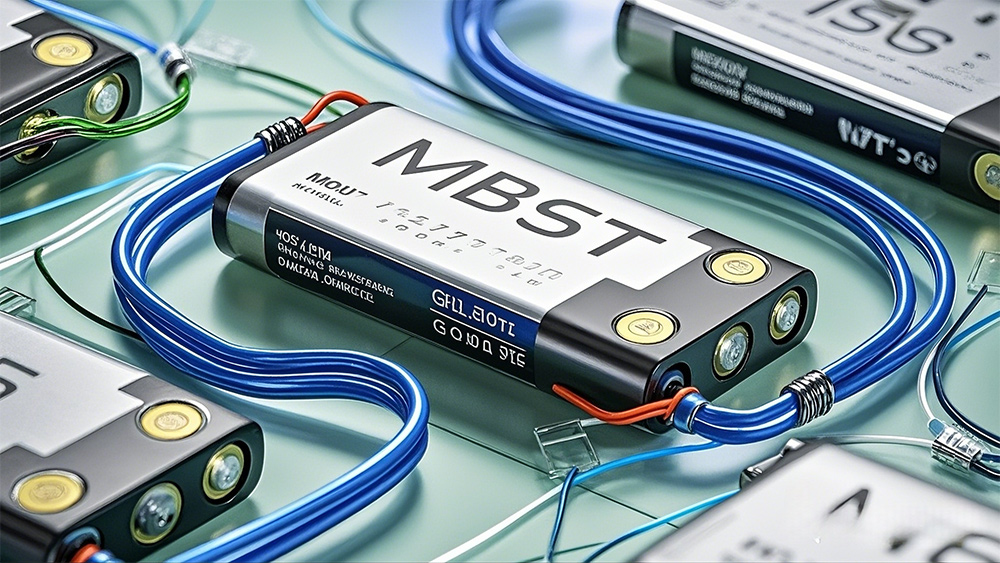
3.1 Key Selection Criteria for MOSFETs
Choosing the right MOSFET for lithium battery applications requires careful consideration of several factors. You should prioritize the voltage rating to ensure compatibility with the battery pack’s operating range. Current handling capacity is equally important, like Drain current, as it determines the MOSFET’s ability to manage high loads during charge and discharge cycles. Evaluate the on-resistance (Rds(on)) to minimize energy loss and heat generation. Low on-resistance improves efficiency, which is critical for battery systems. Additionally, gate charge impacts switching speed. A lower gate charge enables faster transitions, enhancing overall performance. For applications like industrial battery or energy storage systems, you should also assess the MOSFET’s reliability under high temperatures and demanding conditions.
3.2 Importance of Thermal Management
Thermal management plays a vital role in MOSFET performance within lithium battery systems. Excessive heat can degrade the MOSFET and compromise the battery pack’s safety. You should select MOSFETs with robust thermal characteristics, such as low thermal resistance and high junction temperature ratings. Implementing effective cooling solutions, like heat sinks or thermal pads, further enhances reliability. Proper thermal management prevents overheating,ensuring stable operation during high-current scenarios. For battery packs in electronic equipment, maintaining optimal temperatures is essential to avoid thermal runaway and extend the lifespan of both the MOSFET and the battery system.
3.3 Addressing Common Challenges in MOSFET Selection
Selecting MOSFETs for lithium battery applications often involves overcoming challenges like balancing cost and performance. High-performance MOSFETs may come at a premium, but their efficiency and reliability justify the investment for critical applications. You should also address issues related to electromagnetic interference (EMI), which can affect the MOSFET’s switching behavior. Choosing devices with optimized gate drive circuitry minimizes EMI and ensures consistent operation. Another challenge is ensuring compatibility with the BMS or PCM. Verify that the MOSFET’s specifications align with their requirements to achieve seamless integration and optimal functionality.
Part 4: Future Trends in MOSFET Technology for Batteries
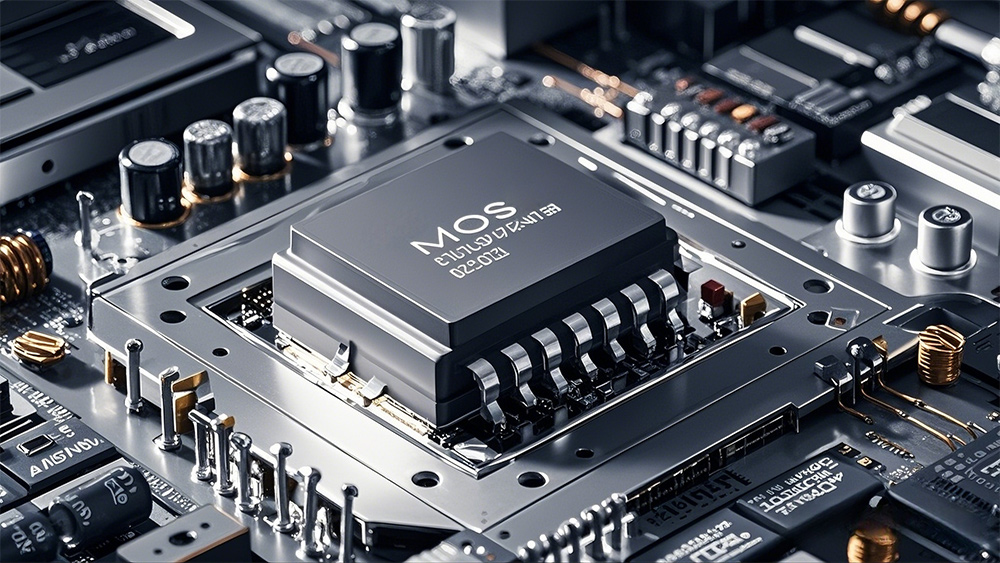
4.1 Innovations in MOSFET Design
Recent advancements in MOSFET design are transforming the battery industry. Innovations in semiconductor materials, such as silicon carbide (SiC) and gallium nitride (GaN), are enabling higher efficiency and faster switching speeds. These materials reduce energy loss and improve thermal performance, making them ideal for high-power applications like electric vehicles and industrial battery systems.
Regions such as North America, East Asia, and Europe are leading the charge in MOSFET innovation. The growing adoption of electric and hybrid vehicles in these areas has driven demand for more efficient power management solutions. Additionally, the rise of IoT devices and smart energy systems has increased the need for MOSFETs capable of handling complex energy distribution tasks. As 5G technology and high-performance computing continue to expand, the demand for smaller, high-power transistors will only grow.At the same time, the application of MOSFET in the field of lithium batteries will also be innovative.
4.2 Role of Wide Bandgap Semiconductors in Battery Applications
Wide bandgap semiconductors, including SiC and GaN, are revolutionizing battery applications. These materials allow MOSFETs to operate at higher voltages and temperatures, improving energy conversion efficiency. In electric vehicles, they enhance battery performance by reducing heat generation during high-current operations. This capability is critical for maintaining safety and extending battery life.
In renewable energy systems, wide bandgap semiconductors enable seamless integration of solar and wind power with battery storage. Their ability to handle heavy power loads ensures efficient energy conversion and storage management. These advancements are paving the way for more sustainable energy solutions, making MOSFETs indispensable in modern battery technology.
4.3 Impact on Developments in the Battery Field
The evolution of MOSFET technology is driving significant progress in the battery field. Enhanced power efficiency and thermal management, achieved through SiC and GaN materials, are critical for the growth of electric vehicles and renewable energy systems. These innovations support the development of safer, more reliable battery packs capable of meeting the demands of high-performance applications.
The increasing need for energy efficiency in data centers and cloud computing networks highlights the importance of MOSFETs in managing heavy power loads. Similarly, their integration into renewable power systems improves energy conversion and storage, supporting the transition to sustainable energy. As the demand for smaller, high-power transistors grows, MOSFET technology will continue to play a pivotal role in advancing battery systems.
MOSFETs are indispensable in lithium battery applications, offering precise control over energy flow. Their ability to enhance safety, efficiency, and performance makes them a cornerstone of modern battery systems. Innovations in semiconductor materials like silicon carbide (SiC) and gallium nitride (GaN) have significantly reduced power loss, ensuring reliable operation in demanding applications. For example, the U.S. Department of Energy highlights that advanced power electronics, including MOSFETs, can save industries billions annually through improved energy efficiency.
As you explore future battery applications, MOSFET technology will continue to evolve, driving advancements in electric vehicles and renewable energy systems. These transistors will remain critical for optimizing energy management, ensuring safety, and meeting the growing demands of high-performance applications.
FAQ
What is the difference between enhancement mode MOSFET and depletion mode MOSFET?
Enhancement mode MOSFET requires a positive gate voltage to conduct, while depletion mode MOSFET conducts at zero gate voltage and needs a negative voltage to turn off.
Why are enhancement mode MOSFETs preferred in lithium battery systems?
Enhancement mode MOSFETs minimize power loss and improve efficiency. Their ability to handle high-speed switching makes them ideal for battery management systems and energy control.
Can depletion mode MOSFETs be used in battery packs?
Yes, depletion mode MOSFETs can be used in specific applications. However, enhancement mode MOSFETs are more common due to their superior energy efficiency and operational flexibility.


